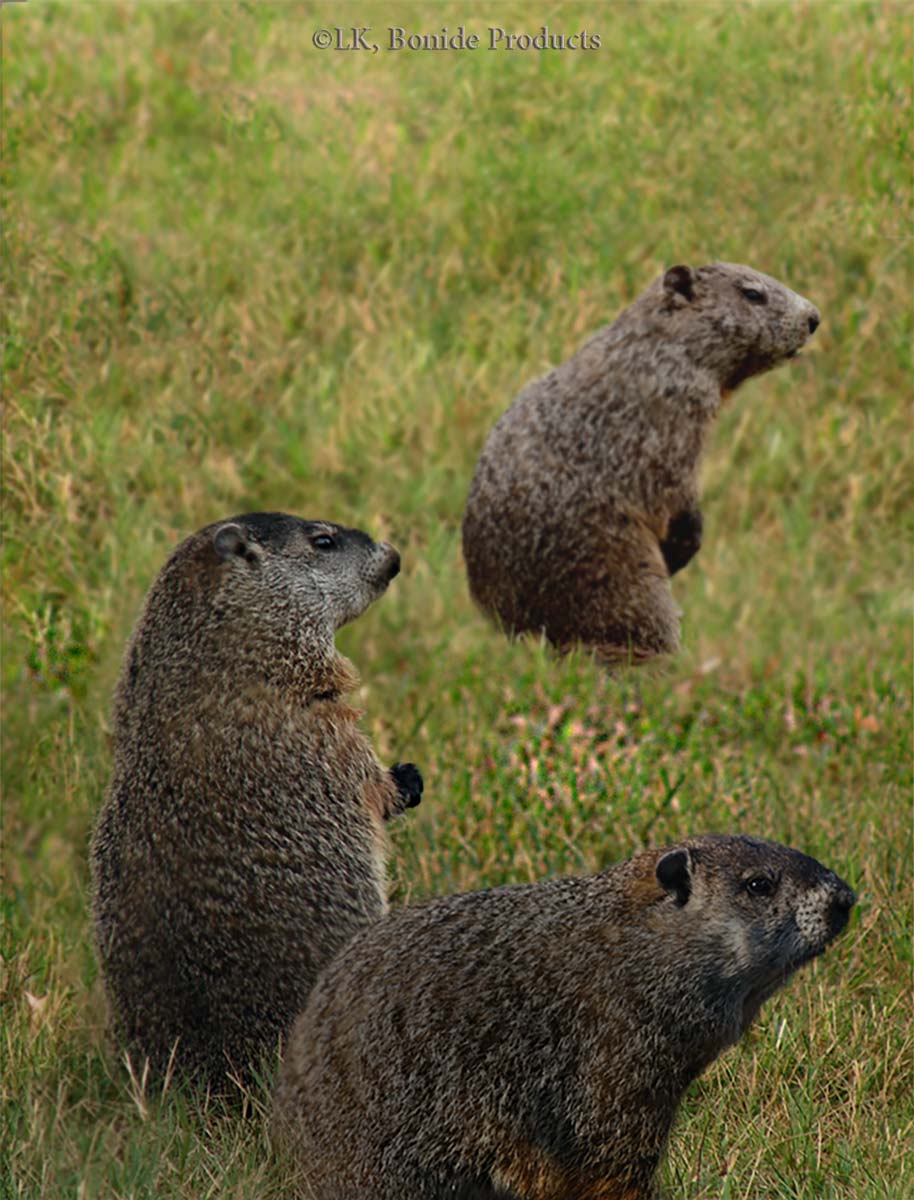
When these husky rodents cease hibernation and emerge from their 2 to 5 foot deep burrows, spring has supposedly arrived. Found in the northern half of the United States, the animals are commonly called woodchucks or groundhogs in the East, marmots in the West. They’re stocky and brown-coated, 16 to 20 inches long, with a furry tail and long, curved claws adapted for digging. As it excavates its burrow, a woodchuck creates a large telltale mound of soil.
Woodchucks are largely solitary (offspring are booted out of the burrow as soon as they can fend for themselves); they feed above ground during the day instead of tunneling for food. Frequently, an abandoned burrow is quickly taken over by another woodchuck or other burrowing animal. Since woodchucks can transmit diseases, don’t stick your hand into a burrow or try handling the animals.
Tender vegetables, flowers, and succulent leaves; sometimes tree trunks.
Damage:Vegetation is chewed; woody stems may be gnawed.
Control:Repellents, Gasses, Barriers.
Notes:Repellents can be an ideal way to deter woodchucks with out installing a fence or harming the environment. You may also deter woodchucks with a 3 foot high wire mesh fence with the bottom foot bent outward and buried a few inches beneath the soil surface. Extend the mesh 1½ feet above the fence posts; that way, animals attempting to crawl over will simply be dumped back to the ground (the wire won’t bear their weight).
